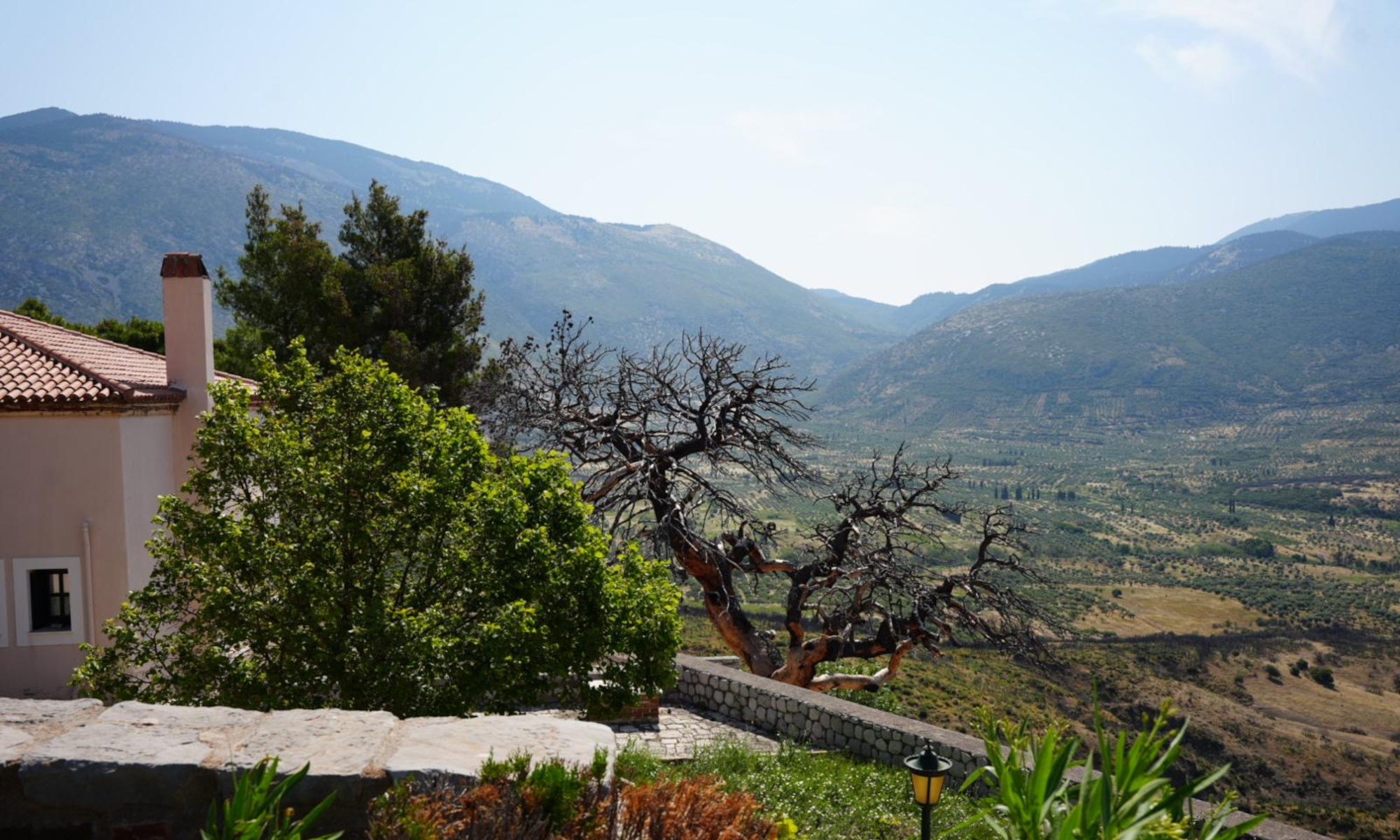By Mara DuBois
The combination of the Athens summer heat and his determination to convey his thoughts despite our language barrier had John Gjeleveshi (JELL-eh-veshi) dabbing sweat from his forehead with a napkin he had retrieved from behind the counter at Stadium Cafe.
Pangrati is the best neighborhood in Athens, and different from others in the city, he told me. “Maybe it’s the people,” he said.
Gjeleveshi was born in Athens and has lived in the city’s neighborhood of Pangrati for 28 years. He works at Stadium Cafe, the coffee shop I quickly determined would fulfill my coffee fixation during my five-week stay in the neighborhood. After just a few visits to the shop, Gjeleveshi asked my name and introduced himself, immediately making me feel welcome in an unfamiliar city. Judging by the thank-you cards taped to the glass pastry case housing Greek treats, I wasn’t the only customer he had won over.
With its grounded, local atmosphere, the popular cafe’s spot on Eratosthenous Street sharply contrasts the tourist-filled bustle of nearby Plaka or Monastiraki–neighborhoods characterized by their close proximity to the Acropolis.
A 2025 article by Dimitris Rigopoulos “Archelaou: One street, many outlooks,” in eKathimerini, the English edition of Greece’s most prominent newspaper, detailed the evolving demographics of Pangrati. Following the economic crisis in 2009, the neighborhood experienced an influx of students and professionals in creative industries, drawn in by more affordable rents.
In contrast to Plaka’s typical summer vacationers sporting woven straw hats and matching linen sets in an attempt to conform to European fashion standards, Pangrati has a distinctly artsy, hip, quality exuded by its creative and young population. Graffiti-lined walls throughout the neighborhood are indicative of the area’s strong political awareness, frequently exhibiting the messages “Free Palestine” or “Fight Fascism,” in a form of artistic expression.
As a primarily residential area, much of the conversation that echoes out of the neighborhood’s many lively cafes, bars, and restaurants is noticeably Greek. These spaces, populated by stylish young adults and older men smoking beneath orange trees, are easily intimidating to an outsider. I feared my lack of language skills and an unshakeable American presence would make me stand out in this setting. Yet, my initial worries were quickly assuaged after interactions with locals like Gjeleveshi.
While speaking with me, Gjeleveshi frequently paused to check Google Translate, intent on answering my questions as clearly as possible. He modestly undersold his English skills, which far surpassed my non-existent Greek. Upon the conclusion of our 20-minute conversation, Gjeleveshi mentioned that he had anticipated the interview would take many hours. Having just completed a full work day, his willingness to meet with me despite this assumption and our language barrier was a testament to the character of locals in the neighborhood.
As I got up to leave, Gjeleveshi fist-bumped me and said on my next visit, he would speak to me in Greek. He would help me learn basic phrases while I helped him refine his English. Gjeleveshi embodies what he characterized as Pangrati’s defining quality: its people.
As an outsider new to Athens, I was surprised by how quickly I grew to prefer Pangrati’s creative and diverse essence to the postcard-worthy steps of Plaka. The rich culture found throughout Pangrati is created by the neighborhood’s people, making them the defining characteristic of this unique area.
